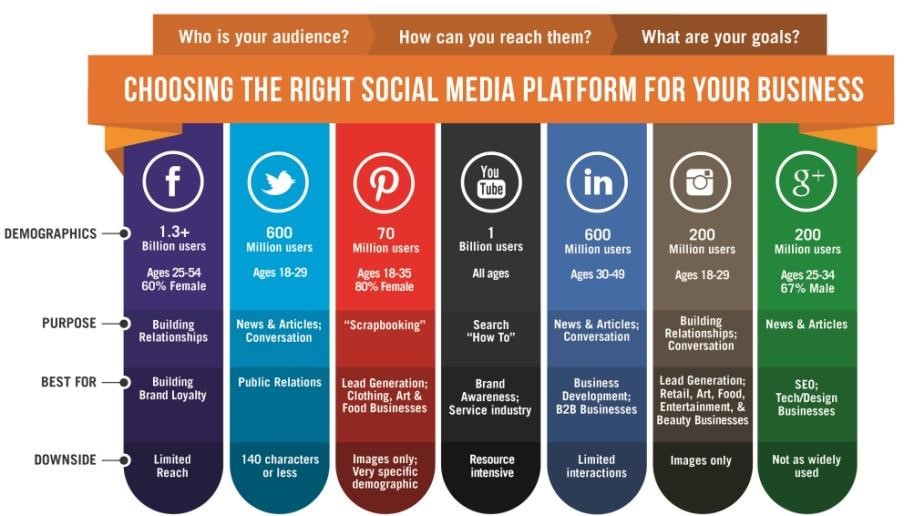One of the most popular ways to advertise your translation services as a small(er)-sized provider is to establish yourself as a content leader online. Think Corinne McKay behind the famed Thoughts on Translation blog or Marta Stelmaszak, the Polish-English translator-turned-specialist in digital marketing. Their successes all started from a humble blog and a meticulously developed translation marketing strategy which focuses on inbound marketing.
Popularized by HubSpot, the concept of inbound marketing is simple: a business should attract and engage with customers by using blogs, video, social media and other digital content to increase sales. As an indispensable tool in today’s digital marketing, here are a few reasons on why the individual language service provider (LSP) should invest into, or increase its commitment to inbound marketing.
It is part of daily life
For any business, presence on social media is now a must, as consumers regularly perform searches on a service provider prior to making a purchase. Nothing says better about one’s skills in writing and editing than a blog or a text-based social profile such as Twitter. A translator with a regularly updated blog or who tweets and posts thoughts on his/her working languages is likely to help a potential customer choose you from among a list of service providers.
It distinguishes your translation services from the rest
Several informal polls in Proz.com, the world’s biggest translators’ forum, offer a glimpse into the work of the individual translator. The majority rely on working for larger agencies in order to make a living, with more than 50% stating that they do not even have a personal website. While these polls are not conclusive, they seem to indicate that unless the translator works with a very unique language pair, those who advertise using solely their profile pages at Proz never make it into the first 5 pages of Google searches.
It diversifies your income
The success stories of Corinne and Marta show that some of the highest-earning individual translators in the industry derive their income from a diverse range of service offerings. Royalties from books, podcasts, training courses and more compliment translation projects. Alain Marsol, a French-English translator who rose to fame with his Guerrilla Marketing for Translators group on LinkedIn, once mentioned that 40% of his income comes from helping other translators build their websites and profile pages on LinkedIn.
It maintains your visibility online
Ongoing changes to Facebook and Instagram’s algorithms mean that posts will not always appear in chronological order (as they used to). Rather, posts with high engagement rates are pushed forward. What does this mean for the individual business owner? A crude summary is that the less you engage and publish, the less you will be known. Following through with regular posting on your blog or social media profile help fuel search engine optimization efforts, ensuring that your translation services remain visible online.
It puts a face to your name
Customers looking for consistency and quality will likely place their trust in hiring 1 to 2 individuals instead of dividing the text among a faceless group of translators. A regularly updated website or social media profile with thoughts on the language industry not only helps the customer better understand your skill set, it is evidence that their project isn’t being gobbled up by Google Translate. It also provides the customer a way to engage with you at their point of need anywhere, anytime.
It helps you understand your customer
Immediate feedback can be derived when someone shares or posts a reply to your blog article, tweet or Instagram post. Your customer’s sharing of his/her own experience is a reflection of industry expectations, and is a way for you to communicate with them long after they’ve made their purchase. There is of course, metrics; an analysis of website traffic will help you understand the location, preferred time of visit and other habits of existing and potential customers.
Whether you are a veteran or a newcomer to the industry, don’t let the term “inbound marketing” deter you. At the end of the day, it is all about establishing and maintaining your brand and turning interactions into sales. Get creative if you do not want to write long articles. Share tips about running a small business, photos of translation mistakes on ads, or write for other translation blogs. Obtain credit for your work, make sure to offer links to your website and these efforts will help grow your online presence. Lastly, be selective! Focus on offering quality updates on 1 to 2 social media profiles instead of churning out updates like a content farm.



